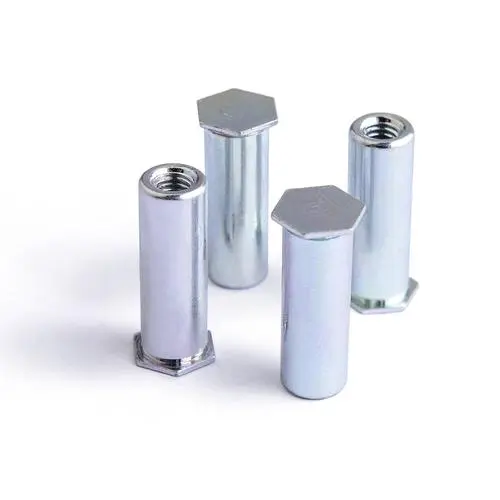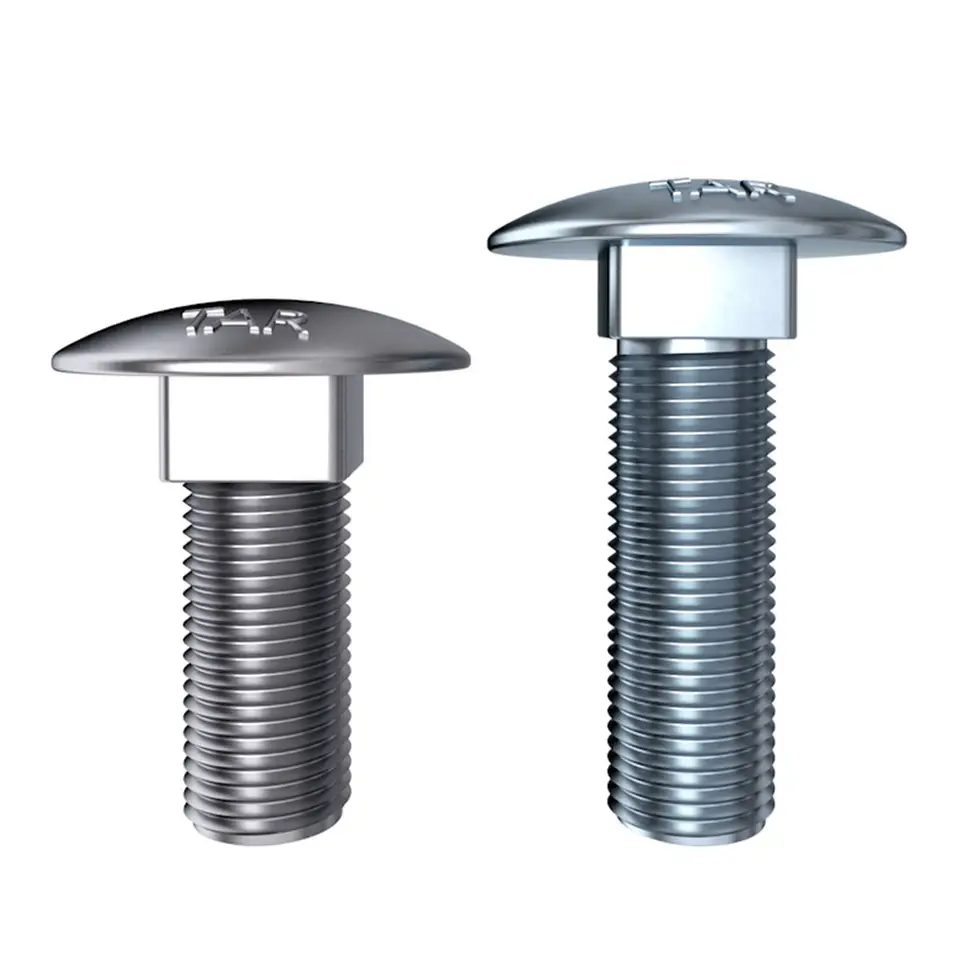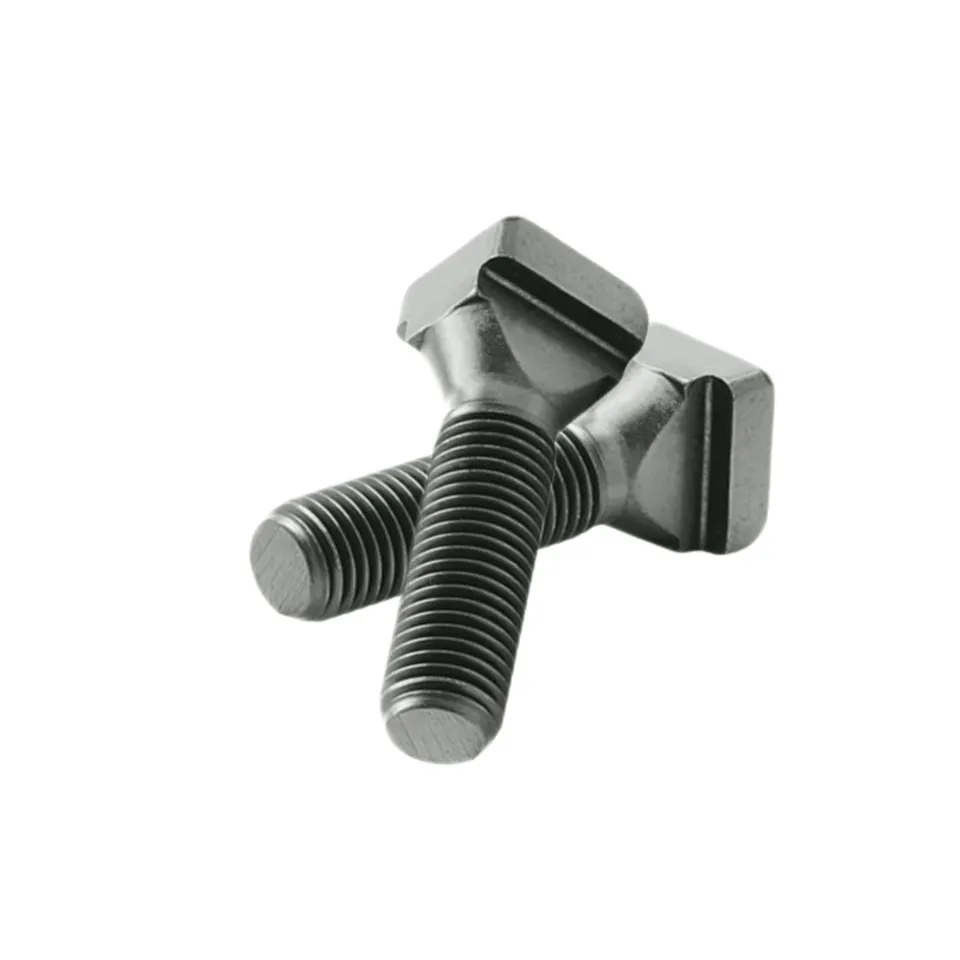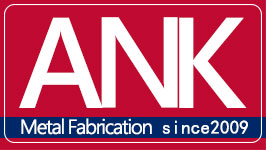Forging is a manufacturing process that involves shaping a metal piece by applying compressive forces using a hammer or a press. The process is used to create complex shapes and designs that cannot be achieved by other manufacturing processes. Forging is commonly used in the production of automotive parts, aerospace components, and industrial equipment.




There are two types of forging: hot forging and cold forging. Hot forging involves heating the metal piece to a high temperature before shaping it, while cold forging involves shaping the metal piece at room temperature. In this blog, we will focus on cold forging and discuss its advantages, disadvantages, and how it differs from hot forging.
Advantages of Cold Forging
1. Improved Material Properties: Cold forging improves the material properties of the metal piece by increasing its strength and durability. The process also eliminates internal defects and improves the surface finish of the metal piece.
2. Cost-Effective: Cold forging is a cost-effective manufacturing process as it requires less energy and material compared to hot forging. The process also reduces the need for secondary operations such as machining and finishing.
3. High Precision: Cold forging allows for high precision and accuracy in the production of complex shapes and designs. The process also ensures uniformity in the shape and size of the metal piece.
Disadvantages of Cold Forging
1. Limited Formability: Cold forging has limited formability compared to hot forging. The process is not suitable for shaping metals that have low ductility and high strength.
2. Tool Wear: Cold forging involves high pressure and force, which can cause wear and tear on the forging tools. The tools need to be replaced frequently, which increases the production cost.
3. Longer Production Time: Cold forging takes longer to produce a metal piece compared to hot forging. The process requires more cycles to shape the metal piece, which increases the production time.
How is Cold Forging Different From Hot Forging?
Cold forging and hot forging differ in the temperature at which the metal piece is shaped. Cold forging is done at room temperature, while hot forging is done at a high temperature. Hot forging involves heating the metal piece to a temperature above its recrystallization temperature, which makes it more malleable and easier to shape.
Hot forging is suitable for shaping metals that have low ductility and high strength, such as steel and titanium. The process also produces a better surface finish and eliminates internal defects in the metal piece. However, hot forging is more expensive than cold forging as it requires more energy and material.
Cold forging is suitable for shaping metals that have high ductility and low strength, such as aluminum and copper. The process is also suitable for producing complex shapes and designs with high precision and accuracy. Cold forging is a cost-effective manufacturing process as it requires less energy and material compared to hot forging.
In conclusion, cold forging is a manufacturing process that has its advantages and disadvantages. The process is suitable for shaping metals that have high ductility and low strength and is cost-effective compared to hot forging. However, the process has limited formability and longer production time. Cold forging and hot forging differ in the temperature at which the metal piece is shaped, and each process has its unique advantages and disadvantages.


